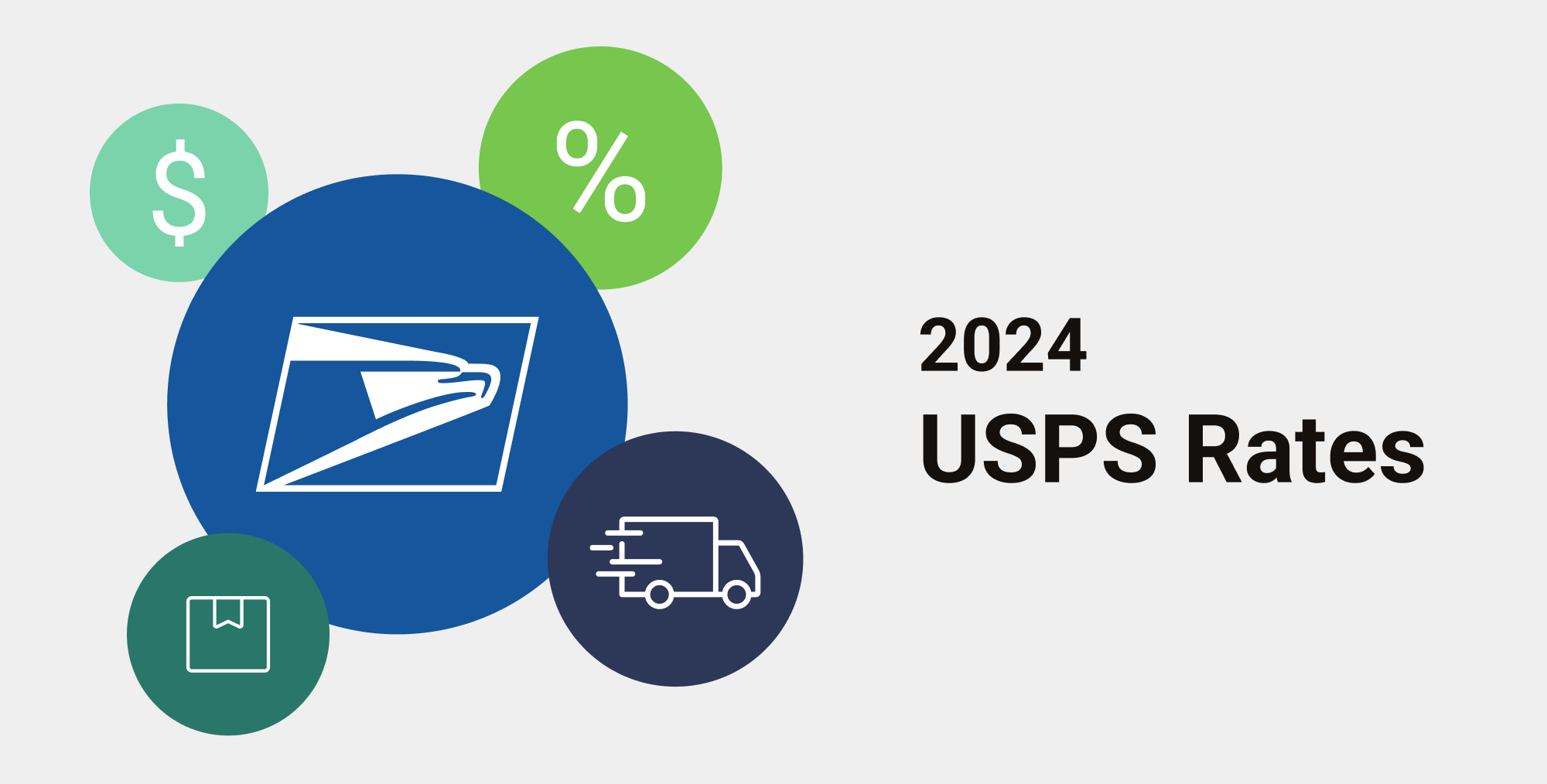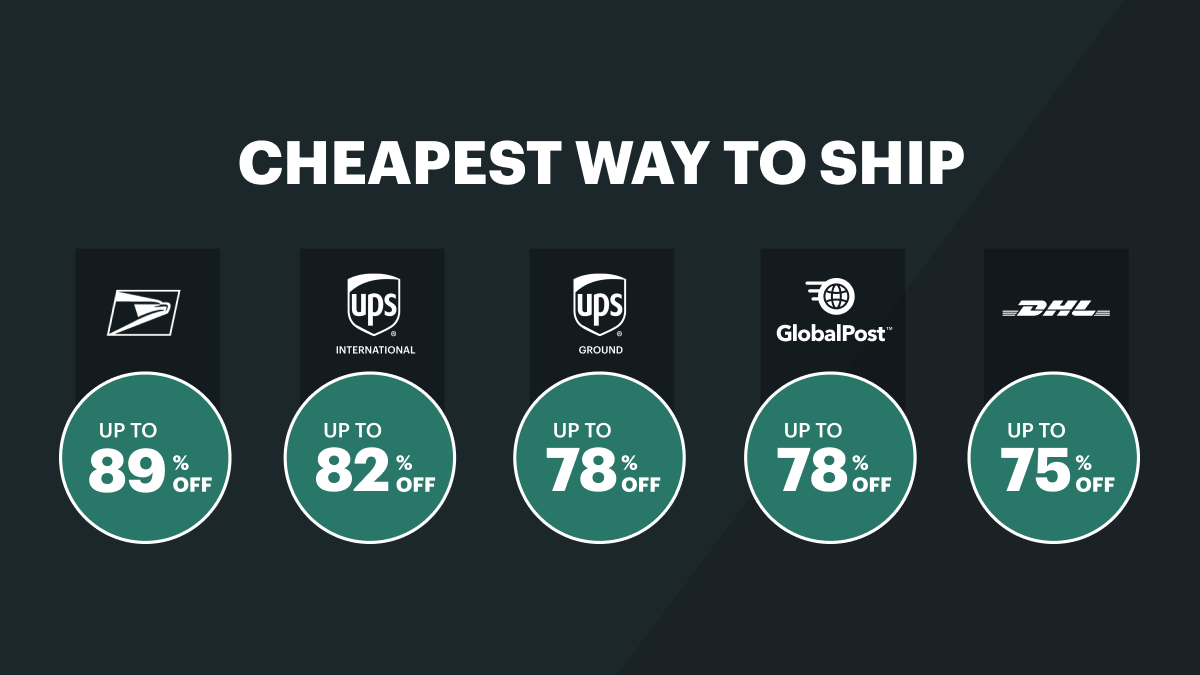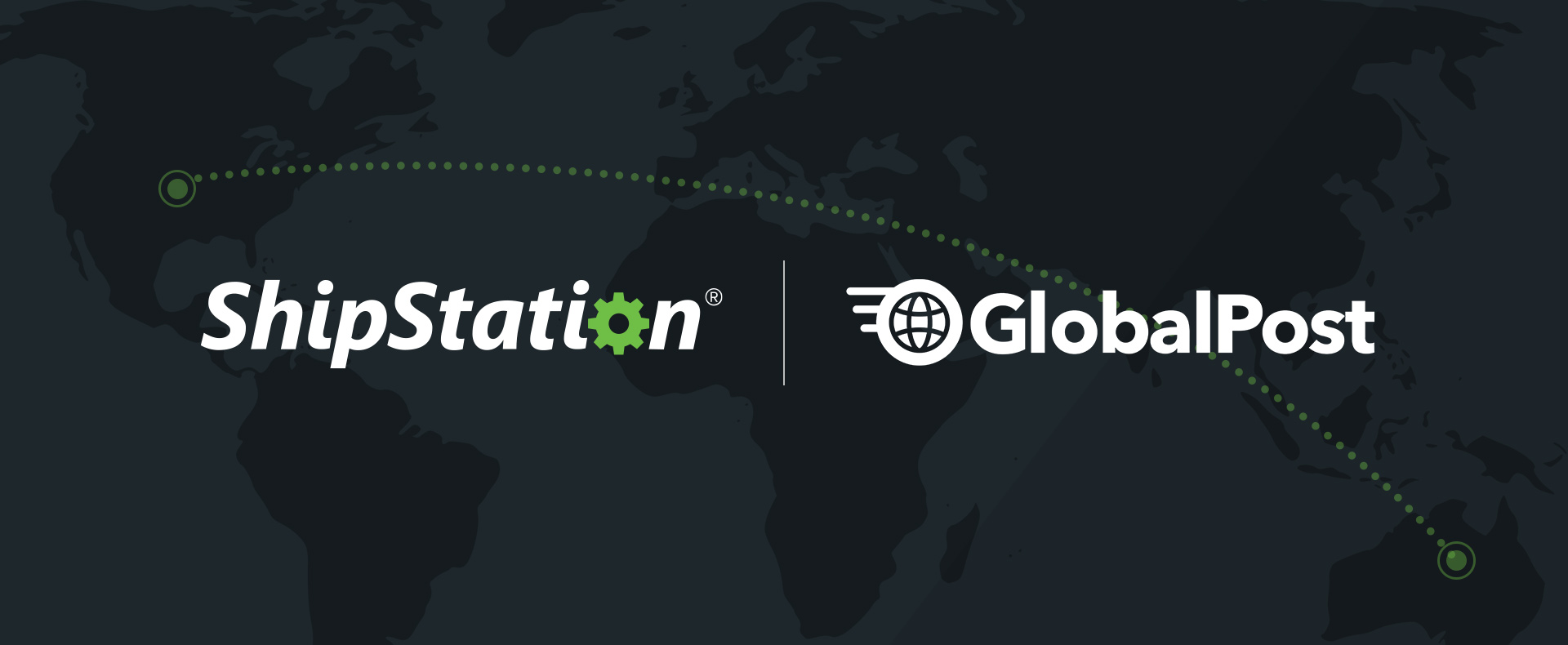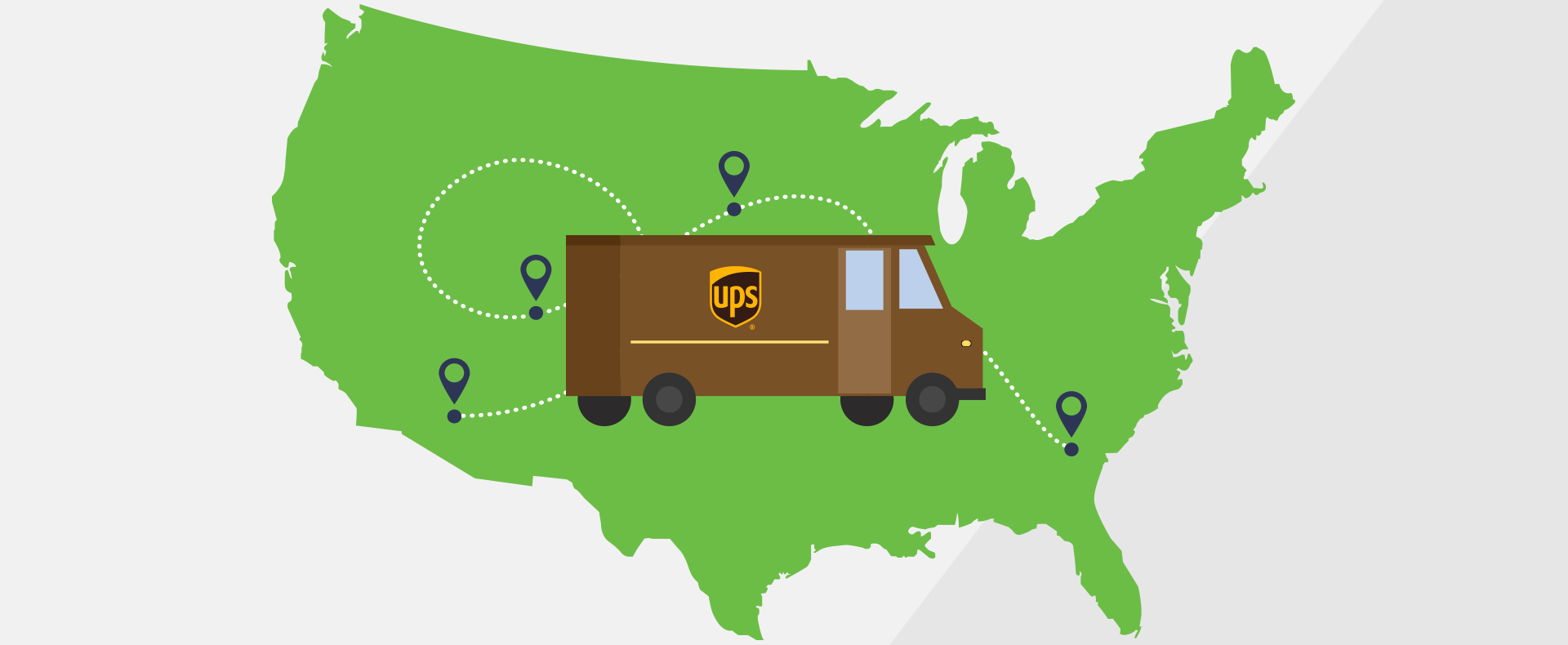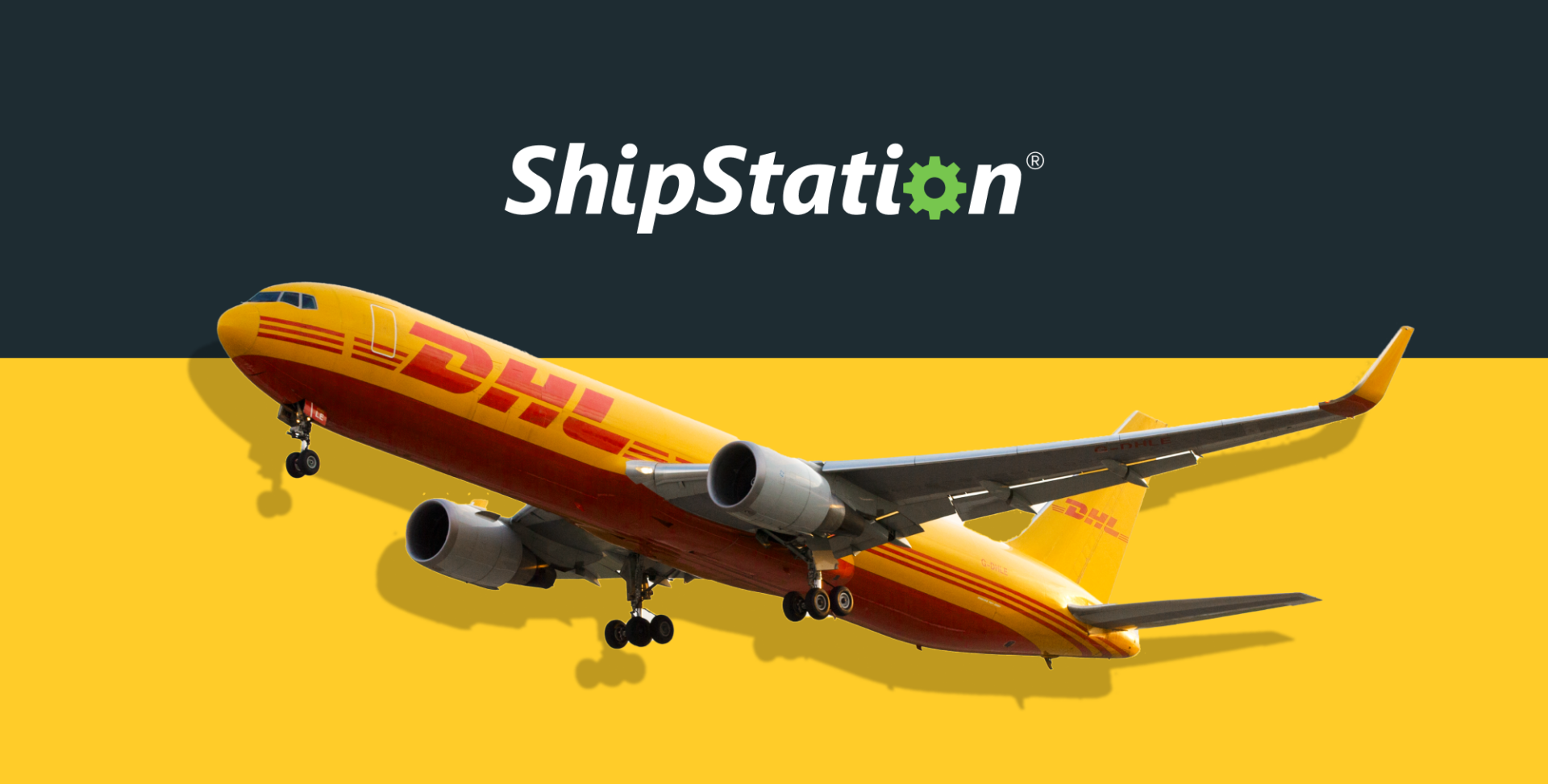Selecting the Best Shipping Options for Your Customers
You spend an enormous amount of time ensuring you provide a great customer experience. The decision of how to ship products to your buyers is equally as important and is key to having happy customers. Remember, the shipping of your item should be a celebratory event, not something that causes you stress.
These days, everyone is counting pennies and cents. There are multiple options to cover shipping costs. While you will need to run your own numbers to determine what makes the most business sense for you, ShipStation can offer some tips to evaluate shipping options for your customers. For example, you can offer free shipping at a spend threshold. This can often result in even more business for you. Or you can decide that it’s best for your business to offer free shipping for all purchases or pass on the cost of shipping to your customers.
Below, we elaborate on several shipping and delivery options for you to get prospective customers their purchases timely and efficiently, while saving time and money.
For more on offering best-in-class shipping fulfillment solutions, check out our full guide, “The SMB Shipper’s Guide from UPS and ShipStation” today.
Offer Flat-Fee Shipping
Flat-rate shipping is a good idea because customers don’t like surprises. Make it quick, efficient, and easy to understand. Having different shipping rates for different items may be a good way to protect your profit margins, but it is less likely to result in an order being placed. Using something like “shipping is $4.99 for items under $75” is a good way to get cart conversions while also incentivizing potential customers to reach a threshold for free shipping.
Offer Free Shipping
You can manage your consumer delivery expectations by offering free shipping over a certain spend. Your buyers will not expect very speedy deliveries with free shipping; they will likely be willing to wait for an extra day or two to receive their package. Though this is an expensive tactic, you can build part of the shipping cost into your selling prices to mitigate it.
Why Charging Threshold Shipping Works
Threshold shipping is very common. It allows customers to get free shipping if they place an order above a certain spend. Generally, it’s just north of your average order total. This can be a way to get another item added to the cart. Advertising high-profit margin items that cost under about $20 can be an easy way to reduce surplus inventory as well as increase profits.
Customers Prefer Free Shipping
Obviously, free is king. If you can offer free shipping by injecting a little bit of the shipping cost into the item, you might want to consider doing so. A recent ShipStation research study found that 68% of consumers consider the cost of delivery to be the most important when purchasing from a merchant. If you plan to provide free shipping, you’ll have to also plan for potentially narrower profit margins, however, this perk can be the determining factor between buying from you or your competitor.
How To Calculate Shipping Costs
Knowing what to charge customers for shipping requires you to calculate shipping costs. There are a few things that go into shipping costs and how to charge customers. Many factors go into determining the price of shipping your package, the most common include: Finding the most cost-effective way to ship a package doesn’t mean using the slowest service. Through incentive programs, carrier negotiations, and our shipping software, there are many ways to get discounts. Below we outline the factors that make up your shipping cost so you can be better informed and save more when you ship.
Here are the factors that determine the price to ship your package:
1. Weight – The weight of a package is a major deciding factor in a shipping carrier’s base rate. Typically, each new pound increases the shipping cost. Weight is factored heavily into determining the shipping cost of your package.
2. Dimensional Weight – Dimensional weight reflects the amount of space a package occupies. In some cases, carriers will take the higher actual weight or dimensional weight. So, if you’re shipping something like pillows or bags of potato chips, the dimensions may impact the rate that applies, because even though the weight may be low, if it takes up a lot of space that will be reflected in its price too.
3. Distance and Shipping Zone – Shipping zones are what carriers use to determine the distance between the origin and destination addresses of a domestic package. This distance is categorized into zones typically ranging from 2-8. If the zone is a 2 this could mean staying in town. Meanwhile, if the zone is an 8 this likely means your buyer is across the country. Keep in mind, though, that international rates are determined a bit differently, though.
4. Packing: Best Options for SMBs Pack smart. It all comes down to packaging your products in a safe, but effective way. Pick the right size box for the products you sell to ensure that your customers will receive their goods in great condition at the same time you ensure you are paying the right shipping rate.
How do you determine what type of packaging is best for your business?
Packaging is, sometimes, an overlooked part of both fulfillment and shipping. There are ways to elevate the delivery experience by offering customizable packaging, sustainable materials, and cost-effective mailers.
Customizable Packaging
Companies like Noissue offer a wide range of customizable packaging that elevates the shipping experience for your customers. This attention to detail, along with a customizable tracking experience from ShipStation, can make any business the same level of brand recognition and authority as a Fortune 500 business.
Sustainable Packaging
Sustainability is huge for ecommerce. You can further your stake in sustainability by using recycled packaging. This is frequently offered as an in-cart add-on by letting customers request sustainable packaging. You can upcycle and reuse boxes. A common option is to simply purchase boxes and packaging made of recycled materials. As you evaluate your business’s sustainability policies, you should also keep a return policy top of mind.
Returns: Best Options for SMBs
A good return policy is crucial for a growing business. There are two reasons for this. First, it makes customers more likely to buy from you. Second, a simple and effective returns process elevates your brand in the customers’ eyes. ShipStation has found that 18% of consumers consider a brand’s return policy when placing an order. There are different strategies for how returns are processed, so policies can vary.
To create the best return policy for your business, start by taking a look at the most common return policies. Most return policies use timeframes that include a certain number of days to return your order from the time it is received. Common lengths of time are 14 to 30 days. Others offer longer windows, especially during the holiday season.
A return policy that isn’t well-defined or showcased on your website can lead customers to abandon their carts in favor of an alternative. Even if customers aren’t likely to return an item, they tend to prefer shopping from companies with a robust return strategy. Removing that confidence makes customers hesitant.
Luckily, there are ways to set up a return policy that will entice customers to buy from you. You can simply set proper expectations of an order’s delivery and any next steps. ShipStation is equipped to address all of these challenges and enables your business to provide the branded returns process of an ecommerce giant. Instead of creating return labels in advance or handling it yourself, save time and automate returns according to your returns policy. Let your customers do the work and search for their orders in your returns portal.
Your customers can select items they want to return, enter return reasons, and print the return label. Creating easy product returns through your site brings you one step closer to getting more sales, conversions, and customer retention. Other ecommerce return solutions out there can cost you hundreds of dollars a month, but the new branded returns portal is included in the ShipStation subscription for free.
Whatever return policy structure you go with, you should keep transparency in mind. No one likes ambiguity, especially when it comes to that eagerly awaited package a customer has ordered. From the moment someone presses purchase on your store, customers should have the peace of mind to know where their order is at all times, and what the return policy is if they need it. No matter how big or small your business is, you should plan for returns.
Whether you are shopping for shipping solutions for a product you sell, or are simply exploring your options, sign up for a free trial with ShipStation today.
For more on offering best-in-class shipping fulfillment solutions, check out our full guide, “The SMB Shipper’s Guide from ShipStation and UPS®” today.

